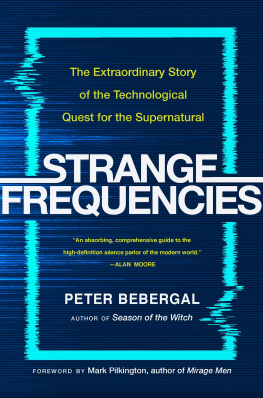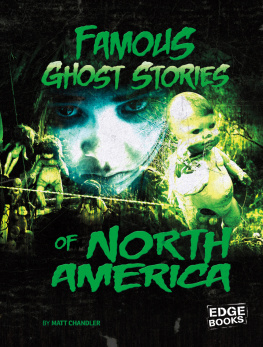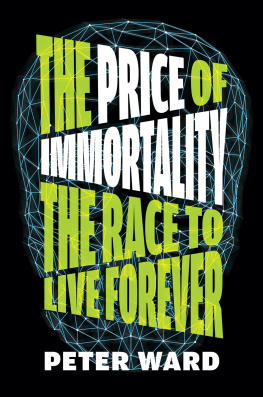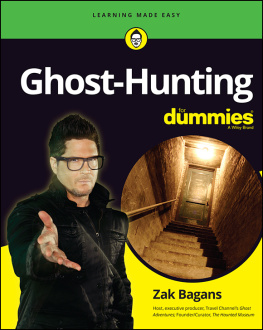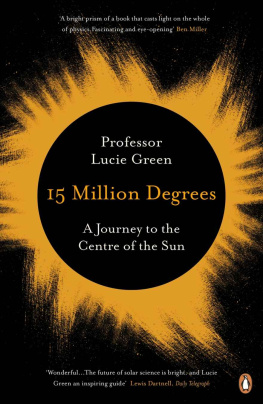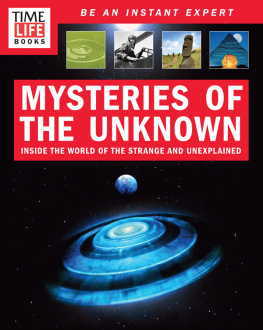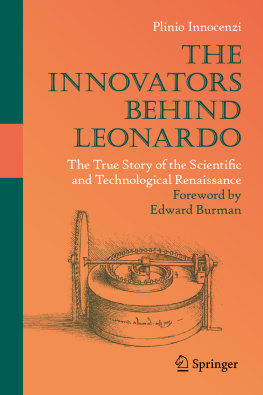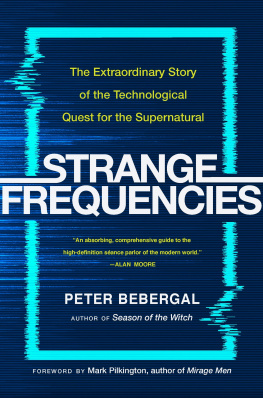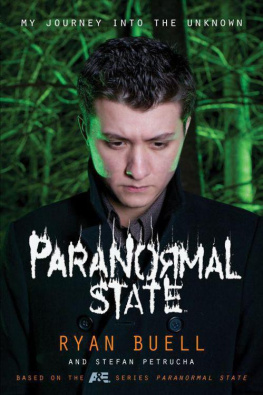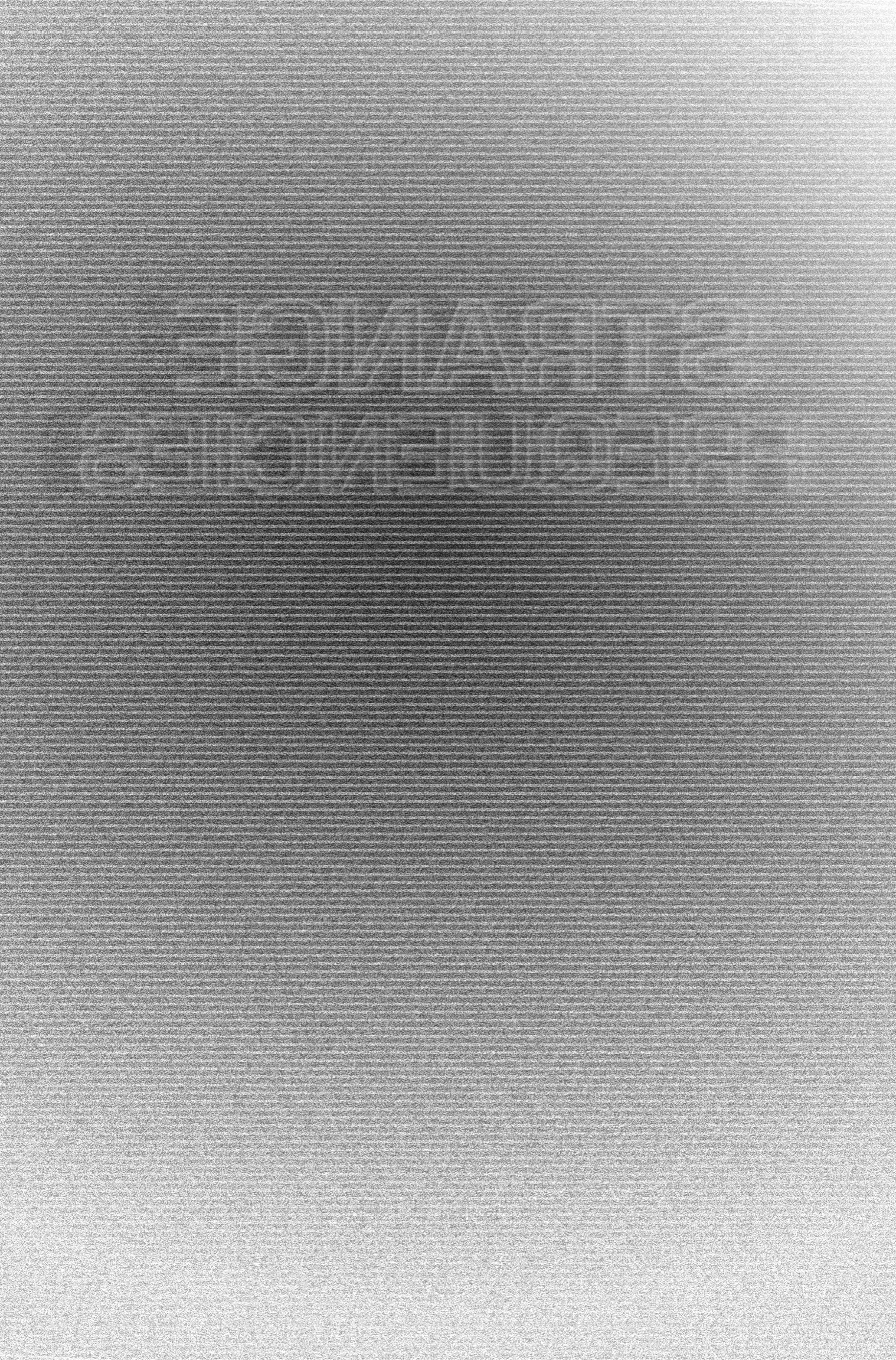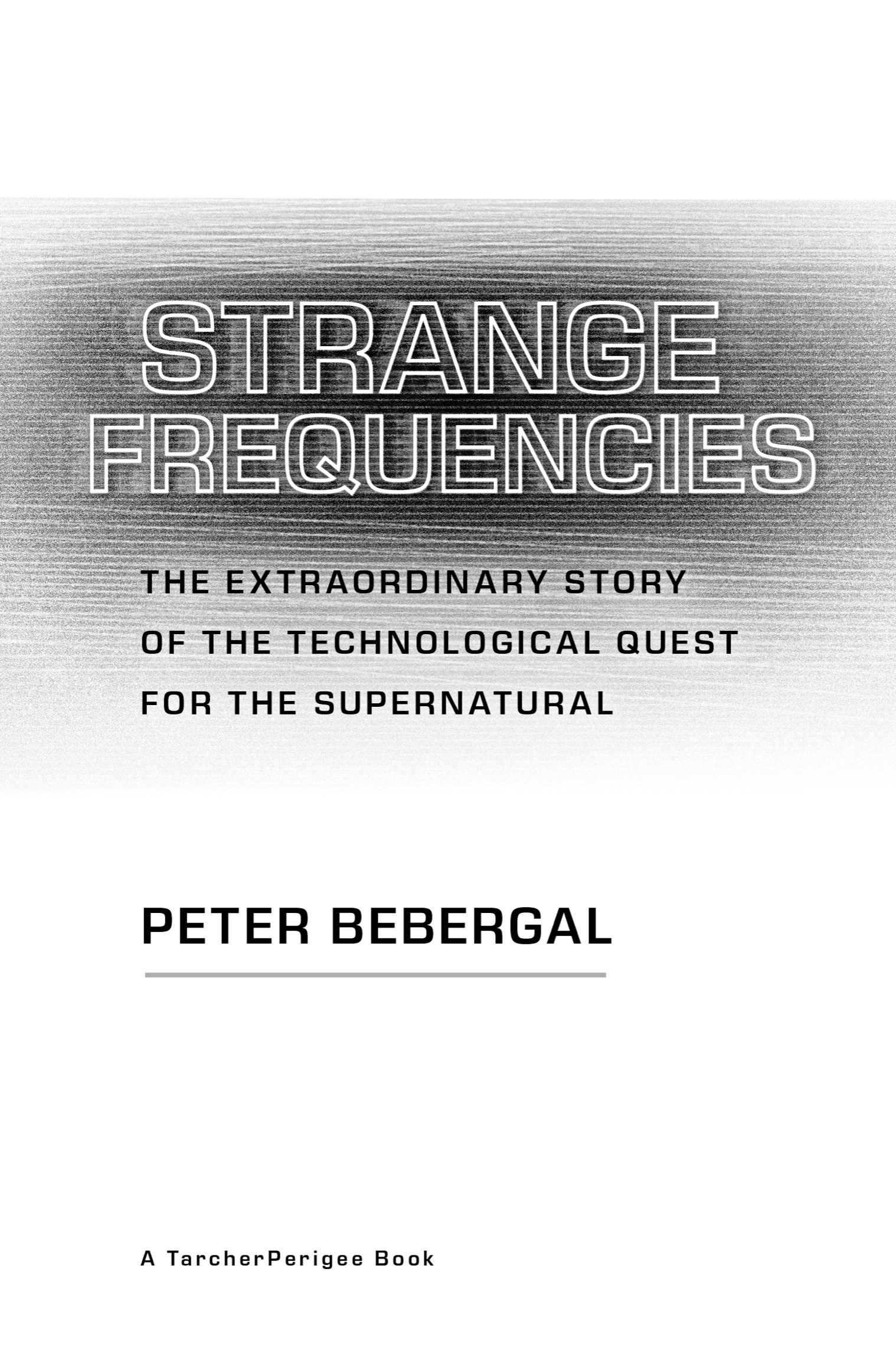
An imprint of Penguin Random House LLC
375 Hudson Street
New York, New York 10014
Copyright 2018 by Peter Bebergal
Penguin supports copyright. Copyright fuels creativity, encourages diverse voices, promotes free speech, and creates a vibrant culture. Thank you for buying an authorized edition of this book and for complying with copyright laws by not reproducing, scanning, or distributing any part of it in any form without permission. You are supporting writers and allowing Penguin to continue to publish books for every reader.
Illustration on Peter Bebergal
The Golem of Boston originally appeared in a slightly different form in Berskerer #1, Breakdown Press, 2017
TarcherPerigee with tp colophon is a registered trademark of Penguin Random House LLC.
LIBRARY OF CONGRESS CATALOGING-IN-PUBLICATION DATA
Names: Bebergal, Peter, author.
Title: Strange frequencies : the extraordinary story of the technological quest for the supernatural / Peter Bebergal.
Description: New York : TarcherPerigee, 2018. | A TarcherPerigee book. | Includes bibliographical references and index. |
Identifiers: LCCN 2018018498 (print) | LCCN 2018028356 (ebook) | ISBN 9781101993071 | ISBN 9780143111825 (alk. paper)
Subjects: LCSH: ParapsychologyResearch. | Spiritualism. | Supernatural. | Occultism. | TechnologyReligious aspects. | Religion and science.
Classification: LCC BF1040 (ebook) | LCC BF1040 .B37 2018 (print) | DDC 130dc23
LC record available at https://lccn.loc.gov/2018018498
p. cm.
While the author has made every effort to provide accurate telephone numbers, internet addresses, and other contact information at the time of publication, neither the publisher nor the author assumes any responsibility for errors or for changes that occur after publication. Further, the publisher does not have any control over and does not assume any responsibility for author or third-party websites or their content.
Version_2
For Amy and Sam, the electrical current that powers my heart
Contents
Symbol / Circuit / Sigil
In the June 1956 issue of Astounding Science Fiction, the same magazine that introduced L. Ron Hubbards Dianetics to the world, editor John W. Campbell described the Type One Psionics Machine, also known as the Hieronymous Machine. Patented by Thomas Galen Hieronymous in 1949, the device is a tool for focussing ones psychic abilitiesa bridge between magic and technology of the sort that Peter Bebergal eloquently describes in this book.
The Hieronymous Machine seems designed, above all else, to confound our expectations and preconceptions about not just technology, but reality itself. Even its inventor had to admit in his patent that while the apparatus functions... the principal upon which it is based is not fully known. Campbell had initially set out to ridicule the device, but was shocked to discover that it workedsomething he ascribed to human psionic, or psychic, abilities, rather than to the technology itself. To demonstrate this, he built a streamlined, symbolic version, just a circuit inked onto paper, like a magical seal, and found that it worked just as well as the electronic model. The machine works beautifully, he wrote to Hieronymous, the consistency of performance is excellent... were working with magic.
Some years later, rocket engineer Harry Stine discovered Campbells symbolic Psionics Machine and, determined to show that Campbell had been hoaxing his readers, built one for himself. At first, to his relief, it didnt work, but he then noticed that Campbells printed circuit had omitted a key filament connecting the vacuum tube to the rest of the device. Stine drew in the missing filament; and suddenly the machine worked. In his 1985 book On the Frontiers of Science: Strange Machines You Can Builda firm favorite of William S. Burroughs, who championed his friend Brion Gysins Dreamachine, described within these pagesStine credits the Hieronymous Machine with curing a debilitating outbreak of warts that his daughter was suffering from.
And suddenly we are outside of time.... Wart charming was, and still is, one of the traditional services offered by the cunning, or wise, women and men found, since the dawn of human culture, in communities the world over. It works, and always has done, provided that both parties have somewhere within them the capacity to believe. For Stine and his daughter, his drawing of the Hieronymous Machine was the tool that completed the human circuit and allowed magic to flow between them.
Just what that magic might be is one of the mysteries explored within these pages. You will have heard Arthur C. Clarkes aphorism that any sufficiently advanced technology is equivalent to magic for those who dont understand it; equally important however, is the awareness that any sufficiently advanced magic is, in itself, a technology, one that, fuelled by the caster, converts magical potential into magical force that can affect the world around us.
As technomancer Joshua Madara explains in this book, a good magician works with the scepticism of their audience, using this, rather than stage dazzle, to confound and surprise them. This state of tensionquestions rotating, at the speed of thought, around a core of uncertaintydramatically amplifies the potency of this-might-be-magic, creating an engine of enchantment akin to the Alternating Current motors developed by Nikola Tesla, the patron saint of technomancy.
If we consider magic to be the ability to inhabit, manipulate, and eventually exteriorize ones imagination, then Teslas ability to visualise, in three dimensions, the workings of his inventionsas would-be Golem-builders are instructed to by the Sefer Yetzirahis the perfect illustration of what Peter is exploring here: using magic to develop technologies to make magic with. The symbolic circuit is now fully inked.
No book of magic would be complete without a warning to the curious. In James Blishs 1968 novel, Black Easter, a nihilistic arms dealer employs a cynical warlock to unleash the forces of Hell on Earth. The arms dealer does it to make money; the magician just wants to see what might happen. As I write, an uncannily similar situation is playing itself out in our newsfeeds: curious data-sorcerers, employed by mercenary dealers in weaponized information, have been using social media, our technological collective unconscious, to hack and manipulate the political opinions of millions of people in order to shape global events. This is black magic in its purest form, and its consequences could well prove catastrophic.
We must re-learn to defend ourselves against these psychic attacks and, where possible, to fight back. You will find timeless strategies for doing so within this book, in the desire and generosity of its author, and its intriguing cast of characters, to share both their magic and their insights into the contemporary imagination, and the yawning unknowns at its core.

